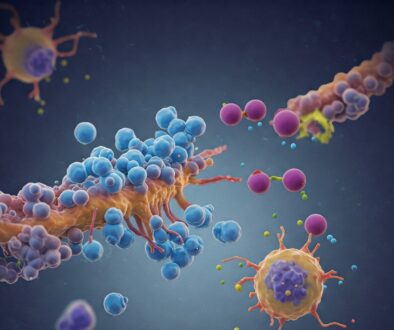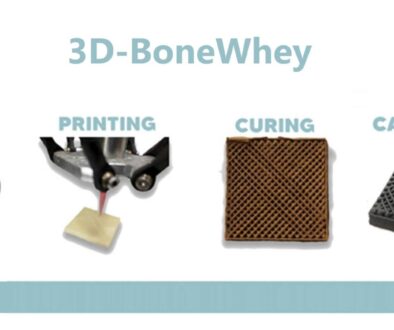Design and simulation of efficient thermoelectric devices at the nanoscale
Abstract
The DEMETER project aims at designing and modeling new efficient thermoelectric devices at the nanoscale.
The project is divided in three parts or work packages. We will study vertical devices in the first part. These comprise van der Waals heterostructures -stacks of two-dimensional (2D) materials stacked together by van der Waals forces-, and hybrid 2D structures enclosing fullerenes. We propose the use of these materials to design nanoscale integrable and scalable thermoelectric devices. The objective is to find nanostructures where the phonon thermal conductance is suppressed at the interface between different materials while the electrical conductance and Seebeck coefficient are enhanced by the presence of high and asymmetric densities of states at the Fermi level. The synergetic combination of both phenomena enhances the thermoelectric figure of merit and hence the thermoelectric efficiency. We also wish to search here new 2D materials and exploit quantum interference effects as well as the spin degree of freedom by the use of fullerene variants.
In the second part we will study molecular junctions in horizontal geometries. Our materials of choice for the electrodes will be graphene. We will incorporate molecules by strong covalent bonding to the edges via peptide and carbon chemistry. We will also employ van der Waals bonding via extended planar anchor groups. We plan to explore quantum charge and spin phenomena as a function of external parameters such as gating, bias voltage and temperature. We expect here a reduction of the phonon thermal conductance, specially in case of physisorbed molecules, so we will assess their impact on the thermoelectric efficiency of the devices. We also wish to initiate research on the use of superconducting electrodes joining magnetic molecules to assess the interplay between topologically non-trivial junction states and thermoelectric properties.
In the third and final part we propose to develop further our recently released quantum transport code Gollum. Our goal is to fully describe all factors that affect the thermoelectric efficiency.
- We will implement the calculation of phonon transport properties, which are necessary to thoroughly characterize thermoelectric efficiencies. As part of this development, we will design interfaces to empirical potentials codes such as LAMMPS or DL_POLY, that will allow us to calculate phonon conductances in large systems.
- We will develop new approximations to include better non-equilibrum effects driven by a bias potential.
- We will generalize our implementation of Coulomb blockade and Kondo physics to multi-orbital systems.
We will finalize our implementation of gauge (magnetic) fields.
Project Details
Project Code: FIS2015-63918-R
Duration: 2016-2018
Funding: 121.000 €
Funding Ministry of Economy, Industry and Competitiveness





